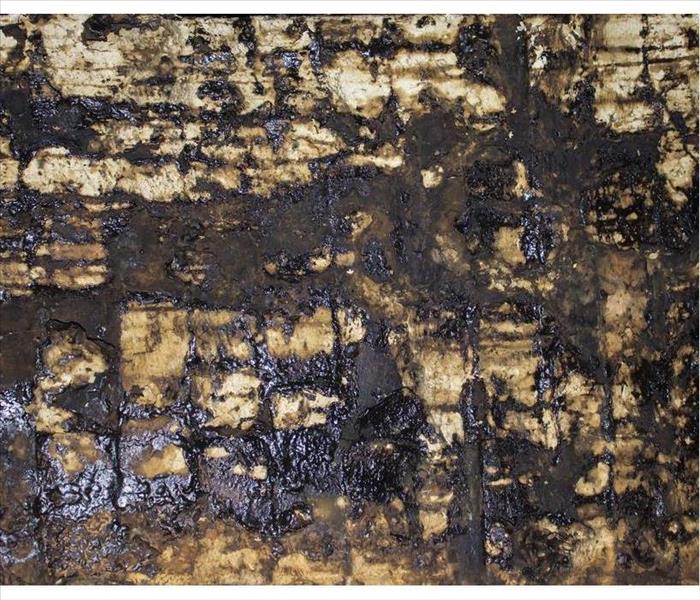How Do You Remove the Smoke Odors After a Fire?
3/16/2022 (Permalink)
The fire and water damage, and destruction that occurs during a fire, can be devastating, but with help from a professional fire restoration service in Waterfront, MA, you can find some peace of mind in the aftermath. You may realize that flames and water can both do harm, but smoke damage and residual odors can also be a problem, so careful smoke cleaning needs to be undertaken.
Are Smoke and Soot the Same Thing?
A fire can cause a good deal of soot damage and smoke. Soot is primarily composed of carbon and other chemicals that have not been completely consumed by flames. It leaves a sticky and greasy residue that can be loaded with chemicals and usually carries a sharp and particularly foul odor. Smoke and soot can be compared in the following ways:
- Smoke is a vapor or gas given off by burning material
- Soot is a greasy or sticky substance caused by incomplete combustion
- Smoke is carried in the air and can be breathed while soot is more localized
- Both can adhere to any surface
- Both carry foul-smelling odors
How are Soot and Smoke Cleaned Up?
Soot damage, like smoke damage, requires careful handling and complete removal. Scraping and diluting the thick, toxic substance with industrial chemicals may be necessary. If soot cannot be removed thoroughly, then disposal of the affected surface is needed.
Smoke, on the other hand, can float and travel to any surface the air comes in contact with. It adheres and can stain paint and other elements, and can penetrate porous materials, so smoke is something that needs to be dealt with. Physically cleaning with detergent, followed by treating the area with an ozone generator may rid the area of any lingering odors.
Smoke damage does not need to be the end of the road. With help from a restoration service in Waterfront, MA, smoke cleaning can make the nasty odors a thing of the past and give your building a fresh take on life.






 24/7 Emergency Service
24/7 Emergency Service
